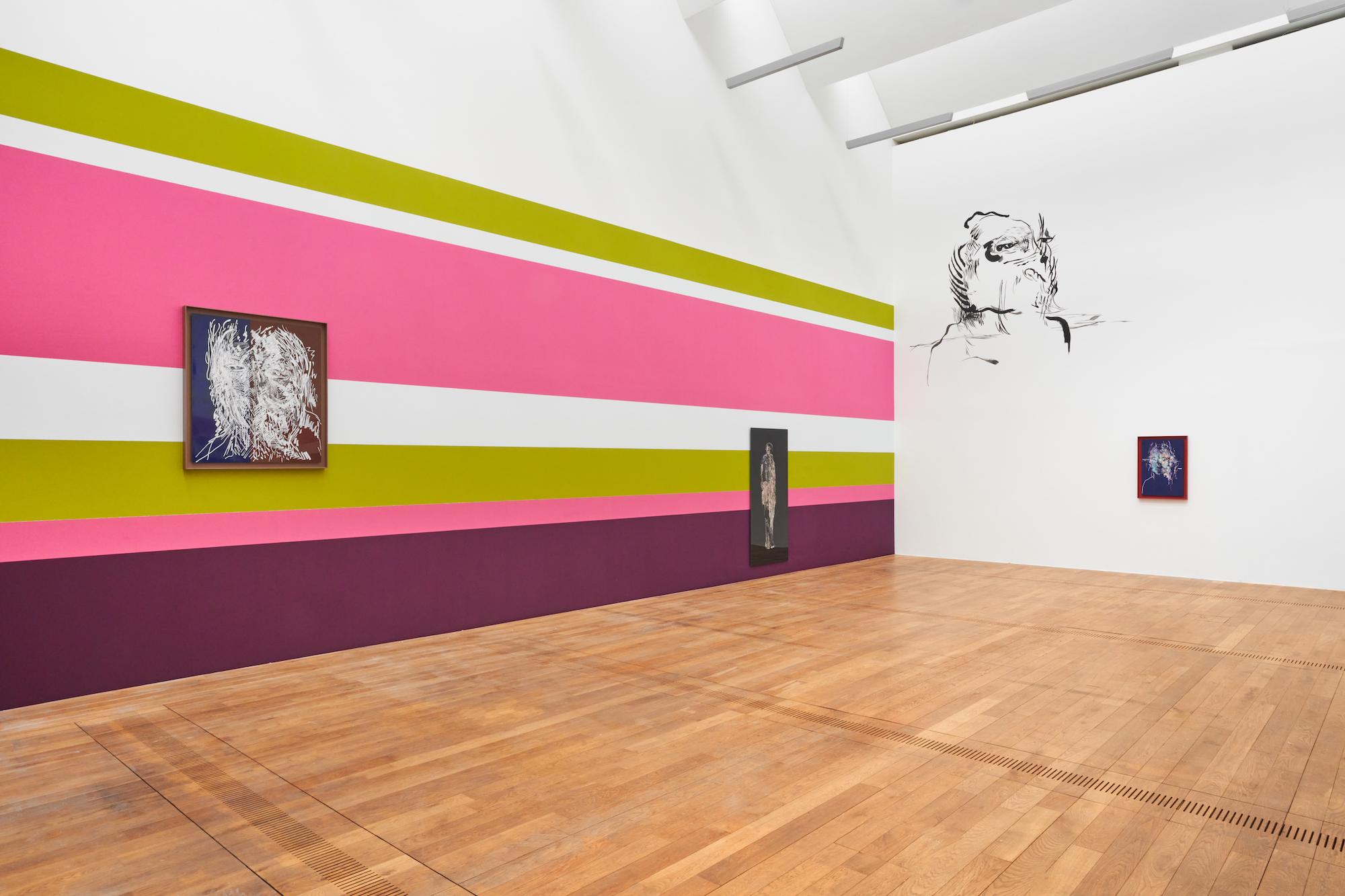years into the 21st century, and the struggle for equality still persists. The central topic of this article explores the ongoing fight for racial justice and socio-political equality, examining its historical roots and contemporary significance.
Throughout history, numerous marginalized communities have stood at the forefront of this relentless battle. From the civil rights movements of the 1950s and 1960s, which sought to dismantle institutionalized racism, to the women’s suffrage movement that fought for women’s rights, these moments of resistance have shaped the world we live in today.
One example of an artist actively engaging with these issues is Paul Maheke, whose powerful exhibition, “To Be Blindly Hopeful,” confronts the viewer with the harsh realities faced by marginalized communities on a daily basis. Maheke draws inspiration from both historical events and current socio-political landscapes to shed light on the ongoing struggle for equality.
In his poignant installation, Maheke prompts viewers to reflect on the long history of racial injustice and systemic oppression. Through various visual and auditory elements, he creates an immersive environment that invites introspection and challenges preconceived notions.
By using historical references, such as the civil rights movement, Maheke highlights the continued relevance of these struggles in today’s society. He confronts viewers with the harsh truth that progress has been slow and that marginalized communities still face numerous obstacles in their pursuit of equality.
Drawing from contemporary events, Maheke also sheds light on the current socio-political climate, emphasizing the importance of continued activism and an unwavering commitment to social justice. Through his artwork, he weaves a narrative that encourages viewers to critically examine their own role in dismantling systems of oppression.
“To Be Blindly Hopeful” is a powerful exploration of the ongoing fight for racial justice and socio-political equality. It reminds us that despite the progress made, there is still much work to be done. By examining historical and contemporary references, Maheke’s exhibition urges us to actively engage with these issues, leaving us with a sense of responsibility and a renewed dedication to creating a more just and equitable society.

